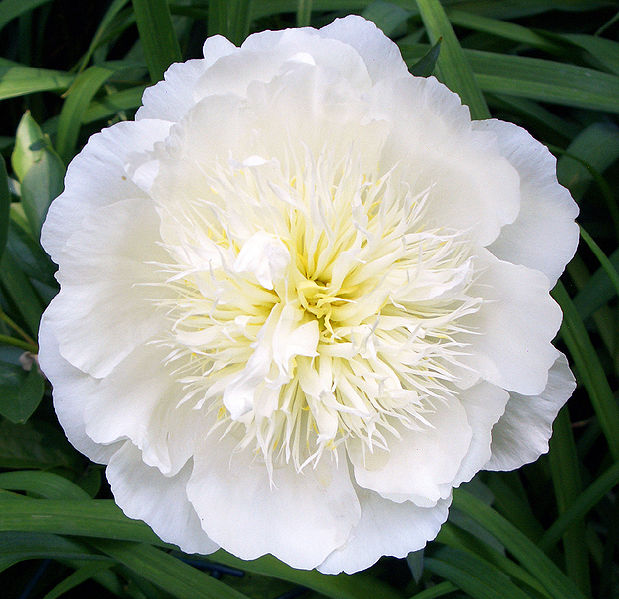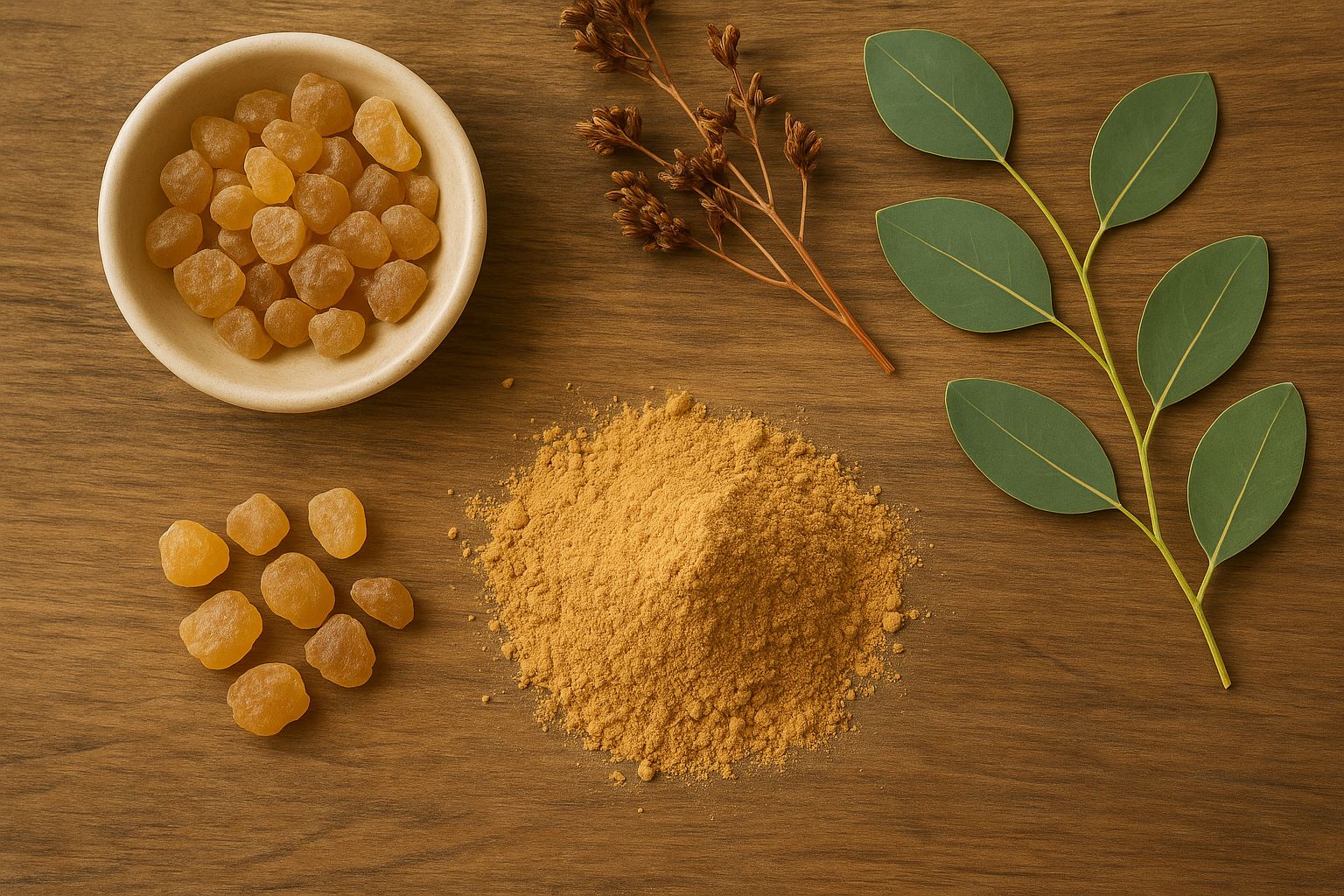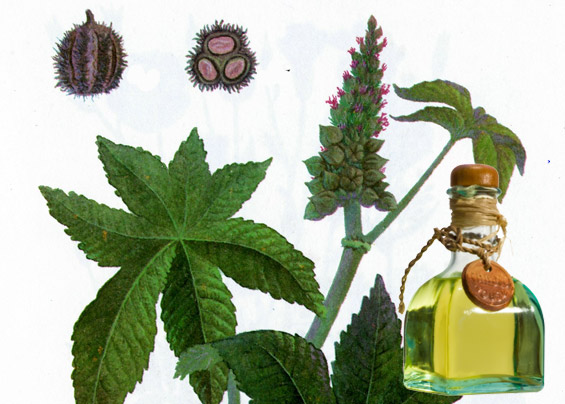Paeonia lactiflora is a plant of the Paeoniaceae family, and is also known as a noble peony. This flower originates from central and eastern Asia. It first appeared in Europe in the 18th century and was for many years known as Paeonia albiflora. Peony flower appears in different colors: purple, pink, milky white and red. However, the names white or red peony, which we find in books relate to the color of the roots. This plant can be found in many parks and gardens; however, in traditional Chinese medicine, it is used for the treatment and prevention of a range of diseases.
The part of the plant which is mainly used for the purposes of treatment is the root of the peony - raw root, root powder and its essences are all used. The most important chemical component of the peony is glycoside monotherpenic peoniflorin. Proanthocyanidins, flavonoids, tannins, polysaccharides and peoniflorin are all active ingredients believed to be responsible for the medicinal properties of peony. The use of peony root has been described in Chinese and Japanese Pharmacopoeia. In scientific books there aren't enough studies. The root and leaves of Paeonia officinalis have also been used in Europe in traditional herbal medicine. However, according to the German commission of the National Institute for Drugs and Medical Devices, who evaluate the safety and efficacy of herbal medicines, this plant has not been approved for medical use.
In Chinese and Japanese Pharmacopeia peony is mentioned as an analgesic, anti-inflammatory and antispasmodic medication, used for amenorrhea (irregular menstruation) and dysmenorrhea (painful menstruation), and for abdomen and chest pain. The peony root is also used for dementia, headaches, dizziness, muscle cramps, liver disease, allergies and blood clotting.
In traditional medicine, peony is used for topical eczema, skin inflammation, lowering of fever and burns.
Pharmacological activity of peony has been proven in animal studies. Application of peony root extract on rats proved to reduce arthritis inflammation and induced edema. The main active substance of peony, peoniflorin, has shown sedative, analgesic, antipyretic, anti-inflammatory and vasodilating effect in vivo.
Using peony is contraindicated in pregnancy. Some preliminary studies have indicated that te peony may have induce abortion. Also, people who have problems with blood clotting should avoid peony because of its anti-coagulant effect. Due to the lack of scientific data, the peony is also not recommended for nursing mothers and children.
All drugs that affect blood clotting can interact with the peony. Therefore, taking peony with anticoagulants can cause side effects such as bruising and bleeding. Some drugs that affect blood clotting are aspirin, warfarin, heparin, ibuprofen, etc.
The recommended daily dose of peony depends on several factors such as age, health, etc. There is currently no sufficient scientific data to determine the exact recommended daily dose. Keep in mind that natural products are not necessarily safe to use and that the amount of herbal preparation that is allowed to enter the body is very important. Always adhere to the recommended dosages on the packaging and consult an expert before consuming.
References:
- WHO monographs on selected medicinal plants Vol. 1.
- http://www.mdidea.net
- http://www.webmd.com/default.htm
- http://buecher.heilpflanzen-welt.de/BGA-Kommission-E-Monographien/paeonia-pfingstrose.htm







